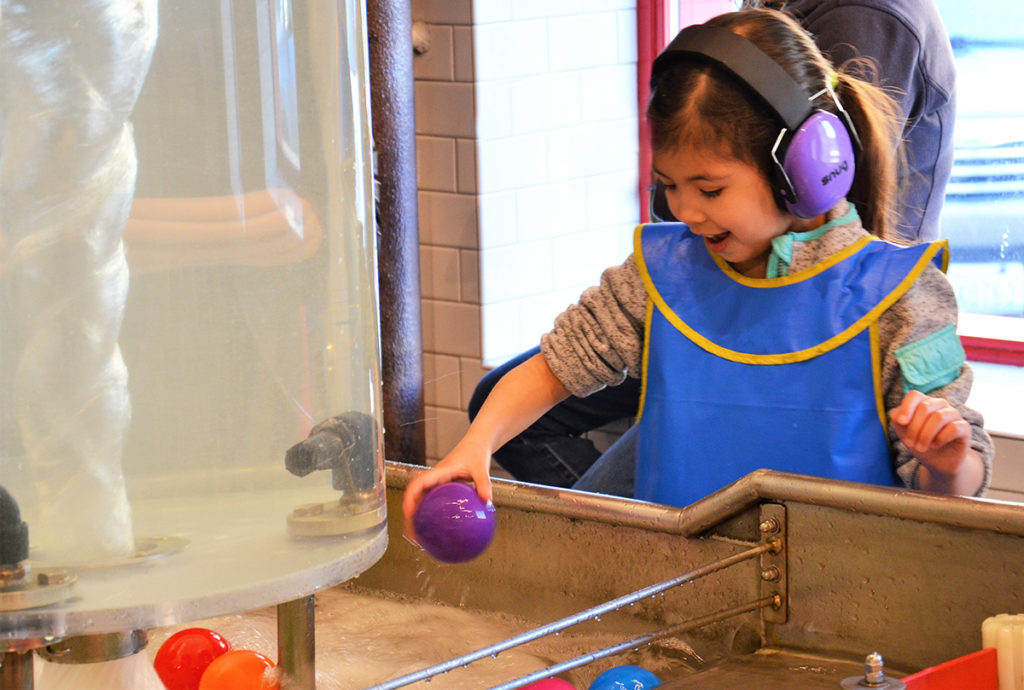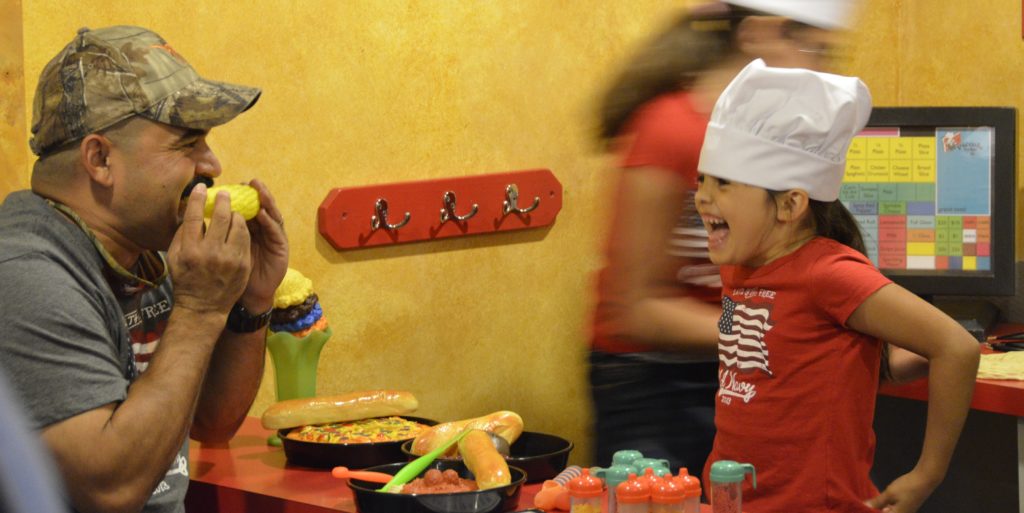
Sensory Processing: What is it and how can we Support it?
Written by: Rachele Gentry
Bright lights, loud conversations, kids crying … public spaces can be overwhelming for everyone, especially those with sensory processing sensitives.
What is sensory processing?
Sensory processing is how our nervous system understands and organizes the details in the environment around us. For some people, their nervous system responds differently to certain stimuli, and may create an over- or under-sensitive response to everyday events in their environment. Common situations might include having an intense response to a loud noise, feeling agitated by the way clothing touches the skin and having adverse reactions to textures of specific foods.
Many people attribute difficulty in loud and overwhelming environments as a symptom of Autism. While most individuals with Autism do experience sensory processing difficulties, processing differences and difficulties can affect anyone.
Coping Strategies for Those with Sensory Processing Difficulties
Create a chill out zone; a quiet and organized space for a child to go to when things are too overwhelming. This space may include:
◦ Low lighting
◦ Favorite books
◦ Noise cancelling headphones
◦ Weighted blanket
Allow your child to wear noise cancelling headphones in public
◦ Reduces sound input significantly
◦ Decreases overstimulation of one major sense
Eliminate the use of fluorescent lights
◦ You may not even notice, but these bright lights produce a low-tone buzzing noise, which can be overstimulating
◦ The intensity of the lights can be overwhelming
Allow people to make their own choices
◦ Some people may need or prefer a specific diet to reduce adverse reactions
◦ It may be beneficial for someone to have the option to move freely through public spaces, rather than the rigid structures seen in public settings (classrooms, movie theaters, restaurants)
Community Resources
Imagine Museum’s Imagine the Possibilities: Sensory Time
• On the 3rd Sunday of every month, Imagine Children’s Museum provides sensory time for those who need it.
• This is a FREE event for children ages 1-12 (parents, siblings, and grandparents can join too!)
• The museum is only open during this time for these children and their families, making it less crowded and quieter.
• Noise canceling headphones, sunglasses, and sensory balls are available.
Sensory Friendly Films
The theater chain AMC provides a Sensory Family Films program the second and fourth Saturday of every month.
• Enjoy hit new movies such as Aladdin and The Secret Life of Pets 2 at a lower volume and in a less dark environment.
• Attendees are invited to get up, dance and walk around the theater during the showing.
When a flower doesn’t bloom, you fix the environment in which it grows, not the flower.” – Alexander den Heijer


